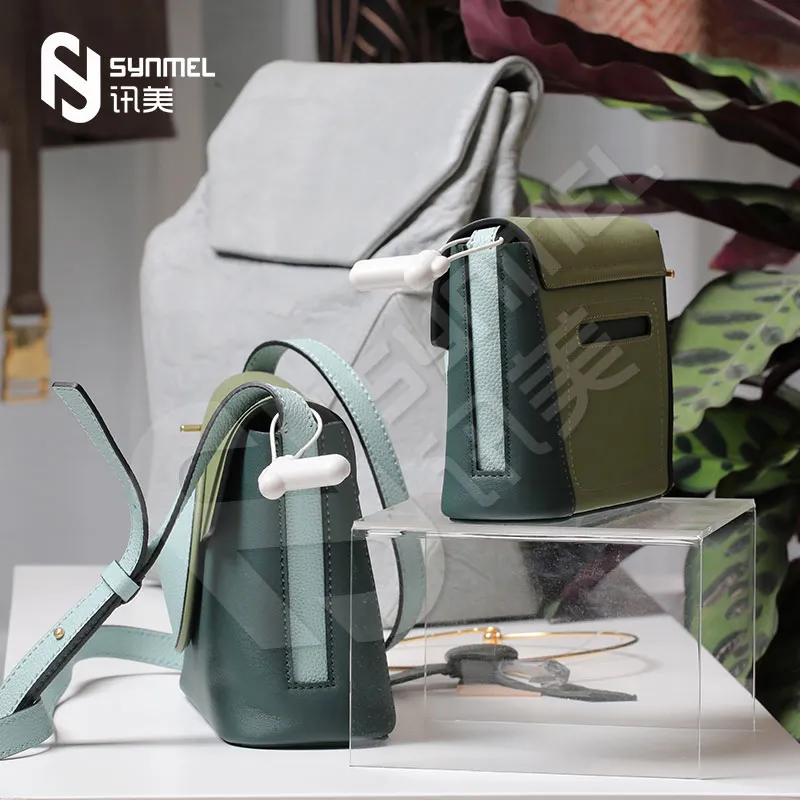Information about EAS Security Lanyard Tags
2024-07-28
An EAS (Electronic Article Surveillance) Security Lanyard Tag is a security device used in retail and other environments to prevent theft and manage inventory. These tags are part of an electronic surveillance system that helps retailers protect their merchandise from shoplifting. Here’s a detailed overview of EAS security lanyard tags:
Key Features:
1. Design:
- Lanyard Attachment: Includes a lanyard or strap that allows it to be securely attached to merchandise, making it difficult to remove without proper tools.
- Tag Structure: Typically features a hard, durable outer casing that houses the electronic components.
2. Technology:
- RFID (Radio-Frequency Identification): Uses RFID technology to communicate with EAS antennas at store exits. RFID tags transmit a signal when passing through the detection system.
- AM (Acousto-Magnetic): Uses acousto-magnetic technology where the tag emits a signal when detected by the EAS system. AM tags are often used for high-value items.
3. Security Features:
- Tamper-Proof: Designed to be difficult to remove or tamper with without special tools, reducing the risk of theft.
- Deactivation Mechanism: The tag is deactivated by the cashier or security personnel at the point of sale to prevent false alarms when leaving the store.
4. Attachment Methods:
- Lanyard or Strap: The lanyard can be attached to various types of merchandise, including clothing, accessories, and electronics.
- Pin or Clasp: Some tags use a pin or clasp mechanism that can be fastened through or around the product.
Applications:
1. Retail Stores:
- Anti-Theft: Commonly used in clothing and accessory stores to prevent shoplifting of high-value items.
- Inventory Management: Helps in tracking and managing inventory by providing real-time alerts when items are moved.
2. Electronics and Jewelry Stores:
- High-Value Items: Effective for securing small, high-value items such as electronics, jewelry, and accessories.
3. Libraries and Educational Institutions:
- Book Security: Used to protect books and other items from being stolen, often in conjunction with a library management system.
Benefits:
1. Theft Prevention:
- Deterrent: Acts as a deterrent to potential shoplifters by increasing the likelihood of detection.
- Detection: Alerts store personnel when items with active tags pass through security gates or exit sensors.
2. Ease of Use:
- Simple Attachment: Easy to attach to merchandise with a lanyard or pin, allowing for quick deployment.
- Deactivation: Can be deactivated quickly at checkout, ensuring a smooth customer experience.
3. Durability:
- Robust Construction: Designed to withstand handling and wear, maintaining functionality over time.
4. Flexibility:
- Versatile: Suitable for a wide range of products and environments, from retail to libraries.
Installation and Usage:
1. Tag Attachment:
- Secure Attachment: Attach the tag to the merchandise using the lanyard or pin. Ensure it is firmly attached to prevent easy removal.
- Placement: Place the tag in a location that is not easily accessible to minimize the risk of tampering.
2. System Integration:
- EAS System: Ensure that the EAS tag is compatible with the store’s EAS system, including antennas and deactivation devices.
- Calibration: Regularly check and calibrate the EAS system to ensure accurate detection and deactivation of tags.
3. Deactivation:
- Checkout: Deactivate the tag at the point of sale using a deactivation device or magnet to prevent alarms when the customer exits.
4. Maintenance:
- Inspection: Regularly inspect tags and EAS equipment for proper functionality and replace any damaged or malfunctioning components.
Common Manufacturers:
- Checkpoint Systems
- Sensormatic (Tyco Retail Solutions)
- Nedap Retail
- Sentry Technology
EAS security lanyard tags play a crucial role in retail security and inventory management. By deterring theft and providing real-time alerts, they help protect merchandise and enhance overall store security.



